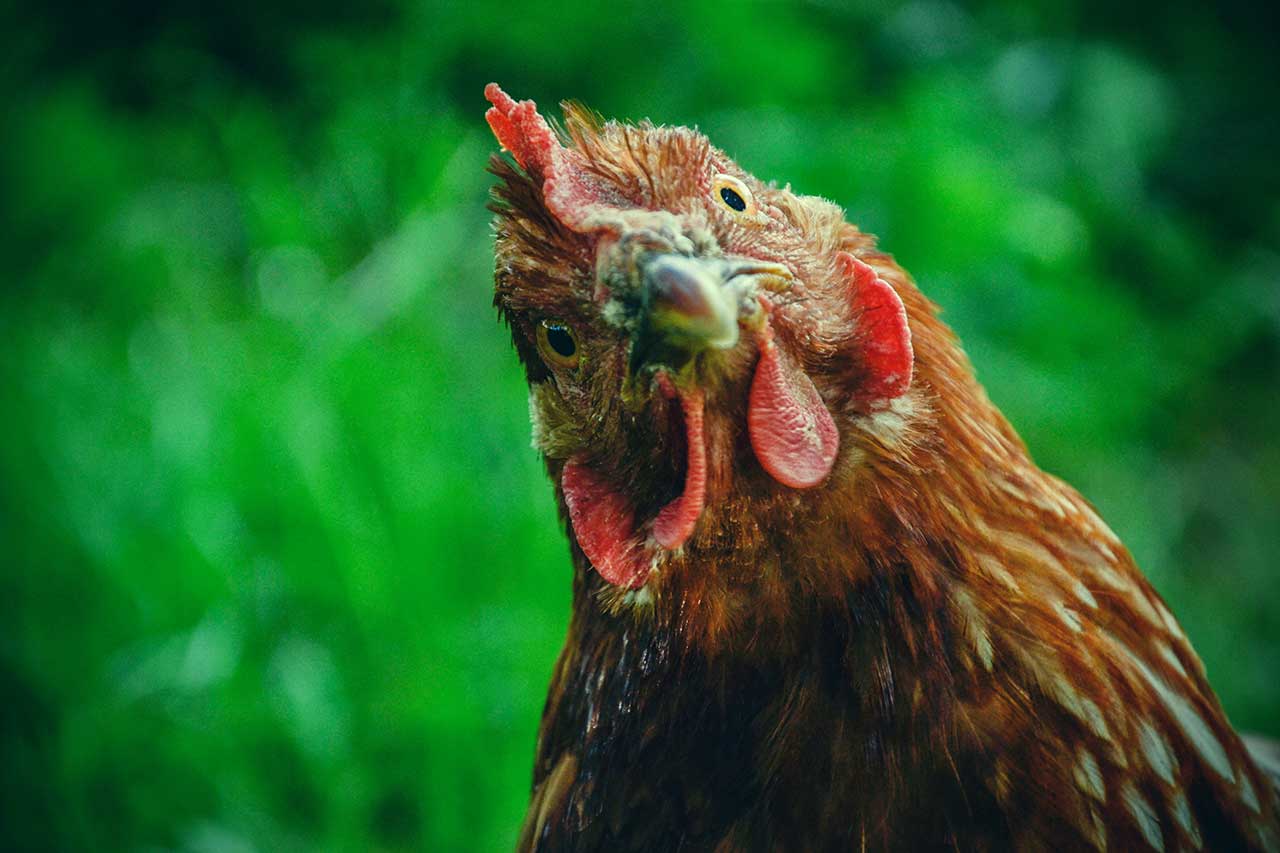https://www.facebook.com/inthenow/videos/815704918579879/
Perhaps you’ve seen videos like this doing the rounds? Scores and scores of phones lined up, mounted on stands in factory-like settings, the flickering as some kind of technology ensures items on the screens are clicked and clicked and clicked and clicked. It’s nearly comical. Nearly.
These like farms/click farms/like factories are actually a huge issue and are seriously impacting marketing efforts by advertisers and content creators – not to mention causing emotional harm to people who have their images stolen for profit, as well as creating dodgy economies where employees are paid very little to click away.
A Like what?
This article about how three Chinese men used 476 mobile phones and 347,200 sim cards for click fraud on WeChat is a great example of how it all works. And contains this handy definition we are borrowing here:
“A ‘click farm’ is a form of internet fraud that involves paying employees to increase the social media presence of companies and people for popularity and profit. It often employs workers who are required to click ‘like’ on Facebook, ‘follow’ on Twitter and to rack up views on YouTube, or click on online adverts. Farms typically operate from countries such as Thailand and Bangladesh. The number of employees per farm is unclear because of the clandestine nature of such operations.”
But why?
Well, these (literal) bad boys can defraud sites of millions of ad dollars as well as make profit from growing large profile followings through fake activity. Once they build up the fake profiles – often involving some saaaarious identity theft – they can then sell them to other dodgy people who think they need more followers/likes/social media fame.
That’s weird.
Yes, it is. And as it turns out, it’s kind of hard to control. As that New York Times link above, which I am sure you definitely clicked on, delves into in typical brilliance – a lot of people are using these services: Not just dodgy companies (think the sex industry) but also heaps of celebs, politicians and influencers.
They are using it so much, that one estimate reckons the industry was worth USD$785 million in 2015, and could be around $1.3 billion by now. Facebook and Instagram frequently conduct purges on fake accounts, and Twitter deletes accounts which employ the click farms. Except these farmers are getting savvier, and can charge more to create profiles which seem quite legit. So legit, that tools which existed to measure engagement versus empty follows don’t always work anymore.
But don’t worry, we have some tips of how to spot the fakies.
- Look for the influencer’s/account’s own engagement with their followers. Are they replying to genuine questions and comments, or is it just a stream of comments made up of, “nice!”, “beautiful” and emojis?
- Ask about engagement pods. If you’re paying to have your brand aligned with an influencer and they are actually only generating engagement from members of their “pod” – this is not real engagement. In fact it is very disingenuous and quite fraudy, too. Stay away from them.
- Use social tracking analytic tools like Social Blade to see if there are sharp drops or raises in followers or engagement – both indicators of dodgy business going on.
- And finally, just in case you didn’t get the gist of this whole post: Don’t buy likes and followers.
The value of social media comes from authentic engagement. If you’re creating good content on your social media platforms, the engagement will come. Anything other than organic is bad for your brand’s health.


By leaving a comment you agree with the storage and handling of your data by this website. You can learn more about how we handle you comment information in our Privacy Policy. We are using Akismet to reduce comment spam. Learn how they process your comment data.